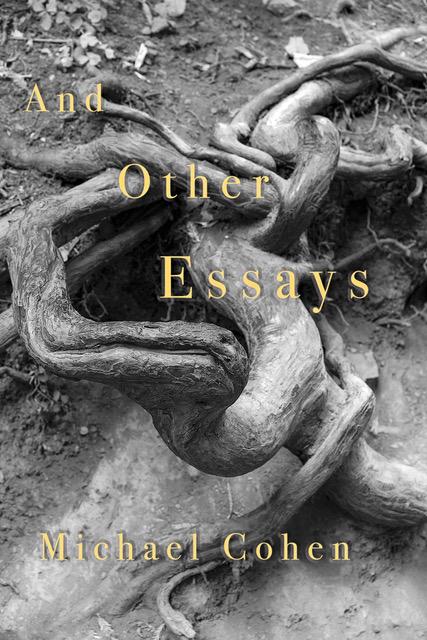Not only a parody of the detective mystery genre but also a satire aimed at Argentinian societal types, these six stories give Argentina its first fictional detective. Don Isidro, wrongly convicted for a murder, is the ultimate armchair detective; even Nero Wolfe and Mycroft Holmes occasionally venture out from their lodgings, but Parodi can’t stir from Cell 273. Prison has turned him from an ordinary barber to an extraordinary crime-solver. A series of flamboyant characters approach him there, including Achilles Molinari, a self-important journalist, a poet manqué named Carlos Anglado, another would-be literary figure who also fancies himself a detective, Gervasio Montenegro, and several Chinese who are much more voluble than inscrutable. Montenegro also writes the preface, in which he reveals himself to be a chauvinist, an anti-Semite, and a fool.
Parodi listens to his clients deliver these long-winded tales that Borges himself described later as “baroque” and “painful…for the reader.” Then, after fifteen prolix pages, Parodi solves each problem succinctly, usually puncturing his clients’ pretensions to cleverness as well as implicitly condemning their prolixity by his brevity.
The tales themselves allude to famous detective fictions: “The Twelves Figures of the World” to Chesterton’s intricate conspiracy story The Man Who Was Thursday, “The Nights of Goliadkin” to Christie’s Murder on the Orient Express, and “Tai An’s Long Search” to “The Purloined Letter.” Allusions to Father Brown and other famous detectives may be found throughout, and it might be useful if a student of Argentine history of the first half of the twentieth century would annotate the references to contemporary figures and events.
